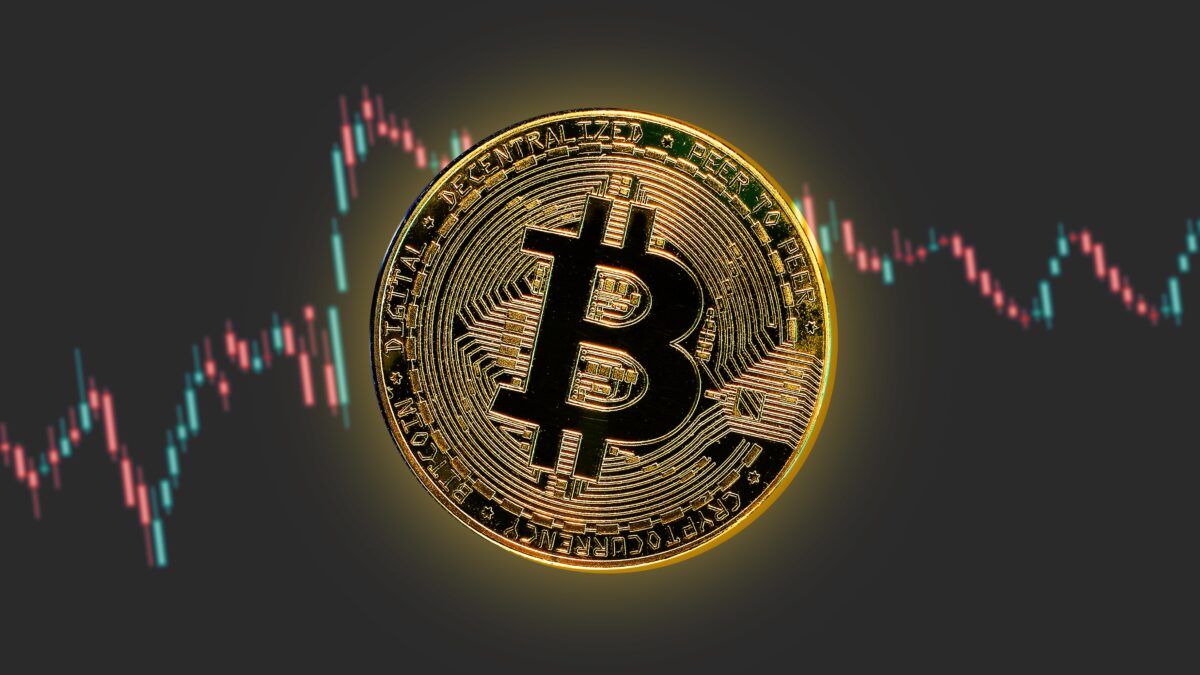Exchange vs OTC: A Comparative Analysis
The financial markets are a critical component of the global economy, facilitating the allocation of resources and the transfer of risk among participants. Within these markets, transactions can be executed on exchanges or over-the-counter (OTC).
Exchange vs OTC, what is the difference between them? That is a good question.
Understanding the differences between these two venues, as well as their respective advantages and disadvantages, is crucial for investors, traders, and policymakers alike.
Definition and characteristics
An exchange is a centralized marketplace where securities, commodities, derivatives, and other financial instruments are traded. The most well-known exchanges include the New York Stock Exchange (NYSE) and Nasdaq.
Exchanges provide a transparent, regulated, and standardized environment for trading activities. They operate under a set of rules enforced by regulatory authorities, ensuring fair trading practices and investor protection.
It is important to have at least a general understanding of various aspects of exchanges when it comes to exchange vs OTC.
Let’s start with the advantages.
Advantages of exchange trading

Transparency: Prices and transaction volumes are available in real time, providing all market participants with equal access to information.
Liquidity: Exchanges typically attract a large number of participants, which enhances liquidity and makes it easier to enter or exit positions.
Regulation: Exchanges are regulated by financial authorities, which helps to reduce the risk of fraud and ensures a level playing field for all traders.
Standardization: Products traded on exchanges are standardized, simplifying the process of trading and valuation of contracts.
What about the disadvantages?
Disadvantages of exchange trading
Costs: Trading on exchanges can be more expensive due to brokerage fees, exchange fees, and other transaction costs.
Limited customization: The standardization of products means that traders cannot tailor contracts to fit specific needs or preferences.
Market impact: Large orders can significantly impact the market price, making it difficult to execute large trades without affecting the market.
Over-the-counter (OTC) trading
OTC markets facilitate the trade of financial instruments directly between two parties without the oversight of an exchange. This includes stocks not listed on a formal exchange, bonds, derivatives, and structured products.
OTC trading is less regulated and can offer more customized trading options. The lack of a centralized system means that participants rely on dealer networks, which can lead to less transparency.
Advantages of OTC trading

Flexibility and customization: Participants can tailor contracts to meet specific investment strategies or hedging needs.
Accessibility: OTC markets provide a venue for trading stocks of smaller or emerging companies that do not meet the listing requirements of formal exchanges.
Cost efficiency: In some cases, OTC trading can be less expensive than exchange trading, as it avoids certain fees associated with exchanges.
Customization in OTC markets
We shouldn’t forget about the importance of customization when it comes to exchange vs OTC.
Customization is a hallmark feature of Over-The-Counter (OTC) markets, distinguishing them significantly from exchange-traded environments. In OTC markets, financial instruments can be tailored to meet the specific needs, preferences, and risk tolerance of the parties involved.
This bespoke nature of OTC transactions provides a flexibility that is particularly valuable in managing unique risks or achieving specific financial goals. Here, we delve into the various aspects of customization in OTC markets, highlighting why and how it benefits participants.
Types of customizable features
Maturity dates: OTC contracts, such as swaps or forward contracts, can be set to mature on any date agreed upon by the parties, unlike exchange-traded instruments that often have standardized maturity dates.
Amounts and sizes: The notional amount of the contract can be precisely specified, accommodating both large and small trades without the constraints of standardized lot sizes.
Underlying assets: OTC derivatives can be created based on a wide variety of underlying assets, including those not typically found on exchanges, such as commodities, currencies, interest rates, or even credit risks.
Payout structures: The payout or cash flow structure of OTC derivatives can be intricately designed to suit specific hedging or investment strategies, incorporating triggers, caps, floors, or other conditional features.
Collateral and credit terms: Parties can negotiate collateral requirements and credit terms directly, allowing for adjustments based on the creditworthiness of the counterparties or the specific nature of the transaction.
Disadvantages of OTC trading

We need to discuss the disadvantages as well. Here are some of the main disadvantages.
Lack of transparency: The decentralized nature of OTC markets can result in limited price transparency and availability of market information.
Counterparty risk: Since transactions are not cleared through a centralized clearinghouse, there is an increased risk of default by the counterparty.
Regulatory oversight: The lesser degree of regulation in OTC markets can increase the risk of fraud and market manipulation.
Comparison and considerations
When comparing exchange trading and OTC trading, several key considerations emerge. For institutional investors and large traders, the choice between the two can depend on factors such as the nature of the asset being traded, liquidity requirements, risk tolerance, and regulatory considerations. Retail investors, on the other hand, may primarily engage with exchanges due to the accessibility and regulatory protections offered.
Regulatory environment
The regulatory environment plays a significant role in shaping the dynamics of exchange and OTC markets. Exchanges are heavily regulated, providing a secure environment but also imposing restrictions that some participants may find constraining. OTC markets, while still subject to financial regulations, offer more flexibility but at the cost of increased counterparty and operational risks.
Market impact and liquidity
Market impact and liquidity are also crucial factors. Exchange markets, with their higher liquidity, allow for easier entry and exit but can also lead to significant market impact costs for large trades. OTC markets might offer better conditions for executing large transactions discreetly, but finding a counterparty can be more challenging, and the lack of liquidity can lead to higher transaction costs.
Innovation and accessibility

OTC markets often serve as a breeding ground for financial innovation, providing a platform for the creation and trading of new instruments that may not yet be available on regulated exchanges. They also offer a critical avenue for smaller companies to access capital markets. However, the benefits of innovation and accessibility must be weighed against the risks associated with less regulated environments.
Final thoughts
Both exchange trading and OTC trading play vital roles in the global financial markets, each catering to different needs and preferences of market participants. Exchanges offer a regulated, transparent, and liquid environment for trading standardized products, which is particularly appealing to investors who prioritize security and transparency.
On the other hand, OTC markets provide flexibility, customization, and access to a broader range of instruments, benefiting those who seek tailored solutions and are willing to accept higher risks.
Ultimately, the choice between exchange and OTC trading depends on a multitude of factors, including the specific requirements of the trade, the regulatory landscape, and the risk appetite of the participants. Understanding the nuances of each trading venue is essential for making informed decisions in the complex world of financial markets.











COMMENTS